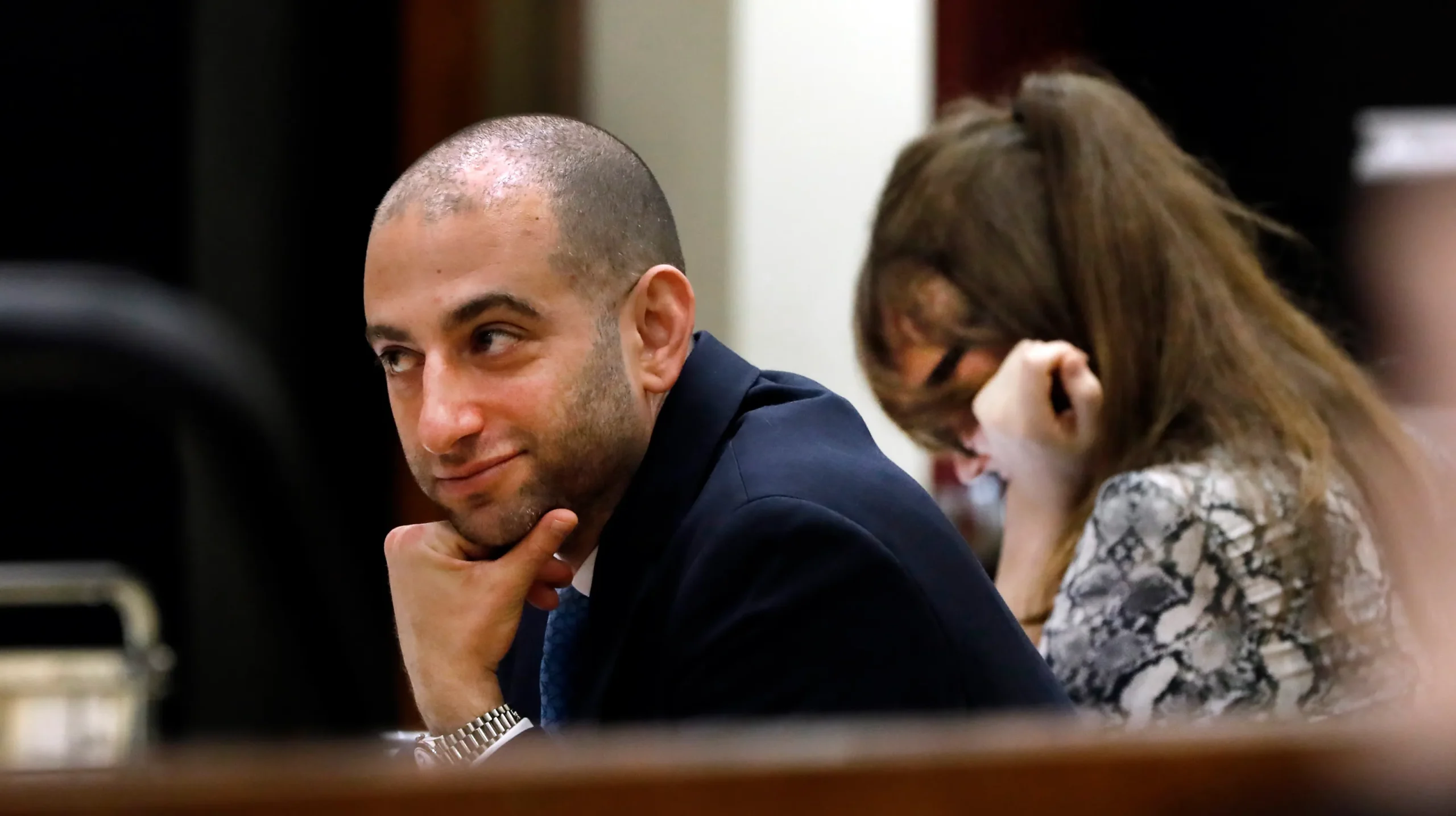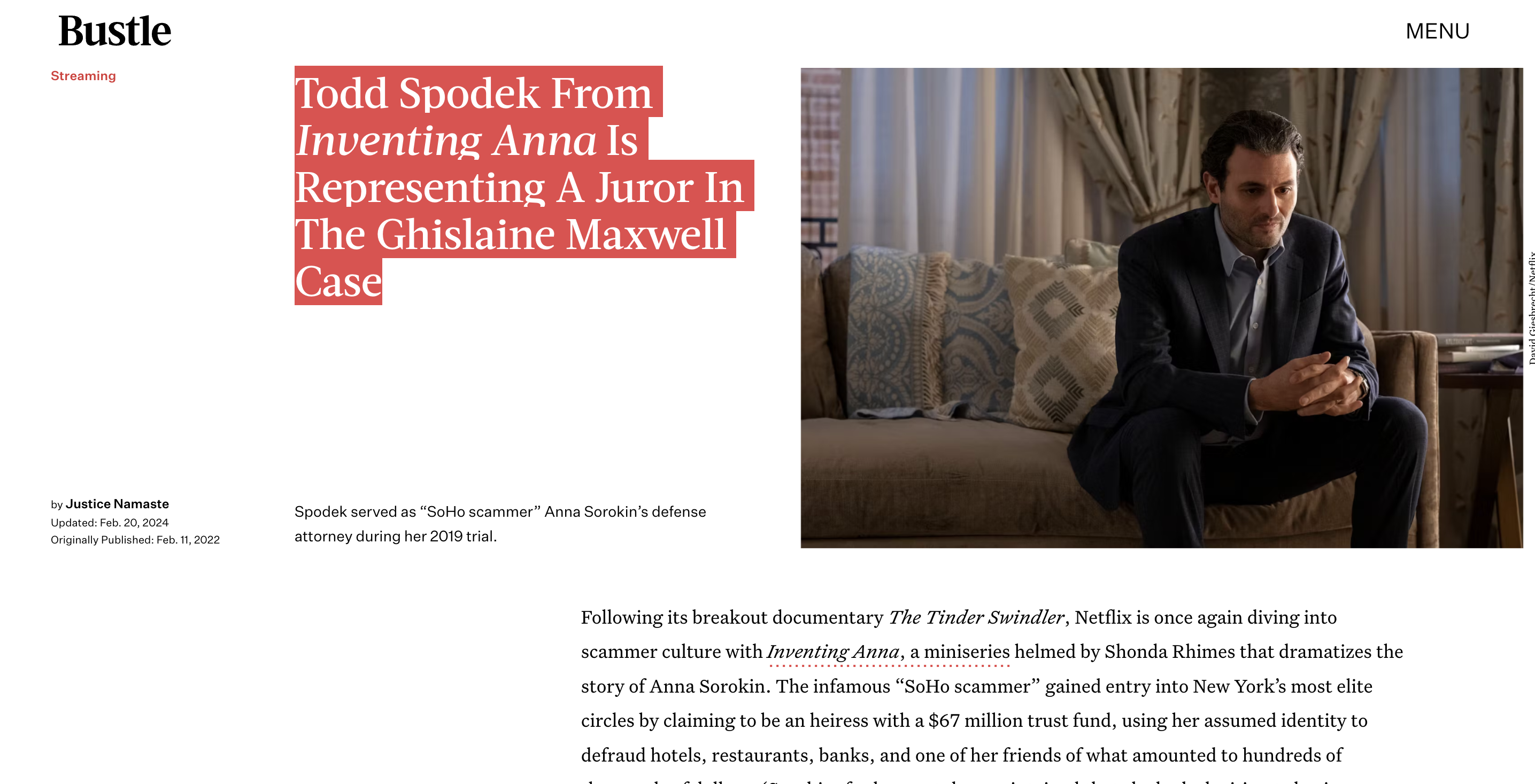Blog
Giving an Opening Statement that Sways Jurors in Counterfeiting Trials
Contents
- 1 Giving an Opening Statement that Sways Jurors in Counterfeiting Trials
- 1.1 Connect with the Jury
- 1.2 Explain the Harms of Counterfeiting
- 1.3 Outline the Strength of Your Case
- 1.4 Address Potential Weaknesses Head-On
- 1.5 Use Visual Aids
- 1.6 Quote Relevant Laws
- 1.7 Foreshadow the Sentence You Will Seek
- 1.8 Keep It Concise
- 1.9 Check Your Body Language
- 1.10 Practice Extensively Beforehand
- 1.11 References
Giving an Opening Statement that Sways Jurors in Counterfeiting Trials
Giving an effective opening statement is crucial for any attorney, but especially for prosecutors in counterfeiting cases. Counterfeiting often seems like a victimless crime to jurors; so it’s vital that the prosecution sway them early on. This article provides tips on how to craft an opening statement that convinces jurors from the start.
Connect with the Jury

First, you want to make an emotional connection with the jury. Remind them that counterfeiting harms real people and companies. For example, you might say, “Ladies and gentlemen, the victims in this case are everyday hardworking Americans.” Personalize and humanize the victims as much as possible.
You can also tap into jurors’ sense of civic duty. Note that counterfeiting threatens America’s economic stability or enables other criminal activities like terrorism. Most citizens want to protect their country and community.
Explain the Harms of Counterfeiting
Next, clarify precisely how counterfeit goods hurt consumers. Knock-offs often contain toxic materials that endanger people’s safety. And consumers unknowingly spend their hard-earned money on worthless products.
Counterfeiting also destroys American jobs and businesses. When fakes flood the market, it cuts into sales and profits of legitimate companies. This loss of revenue can force layoffs or even bankruptcies. Remind jurors that counterfeiting affects everyday workers and families right in their own communities.
Outline the Strength of Your Case
After connecting with the jury on an emotional level, clearly lay out the compelling evidence against the defendant. For example, you might say:
“The evidence will show that police seized over 5,000 counterfeit DVDs from the defendant’s home. Forensic experts matched his fingerprints to those on the DVD packaging. Bank records also prove he purchased equipment to manufacture the knock-offs and raked in over $100,000 selling them online.”
This straightforward summary bolsters your credibility and conveys you have an airtight case. The jury will realize conviction is the only reasonable outcome given the proof against the defendant.
Address Potential Weaknesses Head-On
Don’t ignore gaps in your case – bring them up yourself to refute them. If the defense claims someone else committed the crime, you might say:
“Now the defense will try to blame someone else for the counterfeit operation. But they cannot explain away the defendant’s fingerprints on those DVD packages. Nor why banking records show him buying equipment to make knock-offs that he later sold for huge profits.”
This technique prevents the defense from undermining your position later on. It also shows the jury you have nothing to hide in your case.
Use Visual Aids
Visual aids grab attention while summarizing key information. For example, you might display a chart showing the defendant’s skyrocketing bank balance as he sold more and more counterfeits. You can also show pictures of the shoddy, dangerous knock-offs he produced compared to genuine products.
Point out details in visuals as you discuss them. The combination of images plus verbal explanation cements the information in jurors’ minds. It also keeps their interest so they stay focused on your statement.
Quote Relevant Laws
Detail exactly which statutes the defendant violated, such as copyright infringement, trademark violation, or selling dangerous goods. Read brief excerpts from the laws to emphasize he broke specific rules that protect consumers and companies.
You might state:
“The evidence proves the defendant violated Title 18, Section 2320 of U.S. Code. This law prohibits trafficking counterfeit goods. By manufacturing and selling fake DVDs online, he broke this statute designed to shield Americans from fraud and danger.”
Citing real laws lends authority to your case. It also signals that the defendant’s conviction and punishment align with existing legislation.
Foreshadow the Sentence You Will Seek
As you wrap up, hint at the punishment to come if jurors find the defendant guilty. Letting them know upfront what you consider fair discipline for his crimes prevents surprise or outrage later on.
For example, state:
“In the end, we will ask you to find the defendant guilty on all counts. The economic harm from his actions justifies considerable fines and prison time. Such penalties are necessary to deter others from engaging in similar criminal schemes for their own financial gain.”
This excerpt acknowledges the likely prison sentence while justifying its necessity. This prevents jurors from feeling manipulated or caught off guard when you request jail time after securing a conviction.
Keep It Concise
Aim to keep your opening statement reasonably short – no more than 10-15 minutes. This prevents jurors from losing focus or getting bored. You will have time later to present comprehensive evidence – right now, you just need to hook them and get them on your side.
Stick to your most compelling points in a clear, logical order. Avoid meandering off track or getting bogged down in minor details. Every sentence should build your case that the defendant committed the crime and deserves punishment.
Check Your Body Language
Your body language while delivering your opening statement matters just as much as your words. Stand tall with your shoulders back to portray confidence. Maintain eye contact with jurors to establish trust and hold their attention. Gesture with open palms to seem welcoming rather than aggressive or overbearing.
Avoid distracting mannerisms like pacing or jingling change in your pockets. And dress professionally to reinforce you are competent and authoritative regarding the case.
Practice Extensively Beforehand
No element of trial prep is more vital than rehearsing your opening statement. Practice it aloud until the flow and wording feel polished and natural. Refine passages that seem awkward or fail to resonate. Ask colleagues for feedback so you can improve before addressing actual jurors.
Memorize your statement as much as possible too. Referring sporadically to notes looks amateurish and causes you to lose poise. Know the outline and verbiage so well you can speak directly to jurors with confidence and passion.
References
https://www.justice.gov/archives/jm/criminal-resource-manual-645-sample-opening-statement-counterfeit-case
https://scholarlycommons.law.northwestern.edu/cgi/viewcontent.cgi?article=1210&context=njilb
https://www.justice.gov/archives/jm/criminal-resource-manual-645-sample-opening-statement-counterfeit-case
https://ir.lawnet.fordham.edu/cgi/viewcontent.cgi?article=1391&context=iplj
https://ir.lawnet.fordham.edu/cgi/viewcontent.cgi?article=1391&context=iplj
https://www.justice.gov/archives/jm/criminal-resource-manual-645-sample-opening-statement-counterfeit-case
https://ir.lawnet.fordham.edu/cgi/viewcontent.cgi?article=1391&context=iplj
https://ir.lawnet.fordham.edu/cgi/viewcontent.cgi?article=1391&context=iplj









